What Does The Pipevine Swallowtail Eat
Pipevine Swallowtails Battus philenor use Pipevine as a host plant. They will also eat the remains of their exoskeleton after molting.
Pipevine Swallowtail Battus Philenor
The Pipevine Swallowtail is a species of iridescent blue butterflies found in several parts of the Americas.

What does the pipevine swallowtail eat. Pipevine swallowtail larvae are prudent with available nutrients. They are mostly seen during the spring and the summer months in sunlit meadows and fields. This makes them beneficial in gardens plagued by unwanted animals.
Pipevine swallowtail larvae feed on plants within the genus Aristolochia. The caterpillar incorporates this toxin into its body to use as a defense against predators. Virginia snakeroot Dutchmans pipe are good choices for these caterpillars.
They dont feed on the flowers of the pipevine plant however because they are not a good anatomical match for feeding or pollination. Evidence of Pipevine Swallowtail caterpillars. Because right away the young caterpillar starts eating the poisonous plant Aristolochia which is sometimes called pipevine Dutchmans pipe and birthwort.
The vines grow upwards with a twisting pattern and are adorned by large heart-shaped leaves that are slightly fuzzy or. The butterfly Battus polydamas whose range includes most of the south eastern US also uses some species of Aristolochia as a host plant. Beside above how do you attract a pipevine swallowtail.
These are commonly known as pipevine plants which is where the butterfly gets its common name. They contain a toxin that is harmful or distasteful to many animals but not to the pipevine swallowtail larvae. As it matures and eats more and more Aristolochia the caterpillar retains much of the toxin inside its.
Pipevine Swallowtail Eggs on Dutchmans Pipevine. Moreover the adults like to feed on the nectar of the flower. In the Deep South provide some shade in the hot summer months.
Food Habits of Pipevine Swallowtail These species like to have stems and leaves of the mother plant. The Toxic Pipevine Swallowtail Butterfly All the host plants that the pipevine swallowtail larvae eat have something in common. Caterpillars larvae eat the leaves and seedpods of the pipevine plant.
The caterpillars of the Pipevine Swallowtail feed on the poisonous host plant Aristolochia also known as the pipevine Dutchmans pipe or birthwort. Some species use the pipevine swallowtail as a template for mimicry. Pipevine is a Host Plant for the Pipevine Swallowtail.
No swallowtail butterflies arent harmful to human beings but the pipevine swallowtail tastes bad to birds and other predators while spicebush and black swallowtail caterpillars emit a bad-tasting odor and toxins that they absorb from plants. All survived the transplanting and began their climb to glory in soil augmented with well-rotted manure to hold moisture. Theyll also eat fennel dill Queen Annes lace and other members of the carrot family but parsley is easy to grow in just about every garden.
In the southwestern part of its range there are other native Pipevine species that this butterfly uses as its caterpillar food plants. Try planting native pipevines to draw them in. Adult butterflies feed on a variety of plants for their nectar and may also seek out minerals at puddles.
Pipevine swallowtail caterpillars eat only the leaves of plants from the Pipevine Family thats what their name comes from. This plant genus is known to have active aristolochic acids which pipevine swallowtail larvae sequester and use for defensive properties. In the mid-Atlantic the only species that Pipevine Swallowtail caterpillars can eat are Dutchmans Pipevine and Virginia Snakeroot.
It is distasteful or toxic to many predators thanks to the aristolochic acids in the caterpillars host plants which include all species in the. The pipevine swallowtail Battus philenor is a beautiful butterfly with iridescent blue on the back when the wings are open and large orange spots that become visible when the wings are folded. The first meal the larvae eat is chorion which is their eggshells.
These species also feed on milkweeds teasel phlox petunias lantana and verbenas in their diet. This annual is a favorite host plant for black swallowtail caterpillars. The leaves of these plants are toxic but pipevine swallowtail caterpillars eat them without any harm.

California Pipevine Swallowtail U S National Park Service
Pipevine Swallowtail Battus Philenor
/arc-anglerfish-arc2-prod-dmn.s3.amazonaws.com/public/ZAL7FTEF7SIDMVS2YJ225NI5ZU.jpg)
How A Native Texas Vine Attracts This Beautiful And Interesting Butterfly

Pipevine Swallowtail Alabama Butterfly Atlas
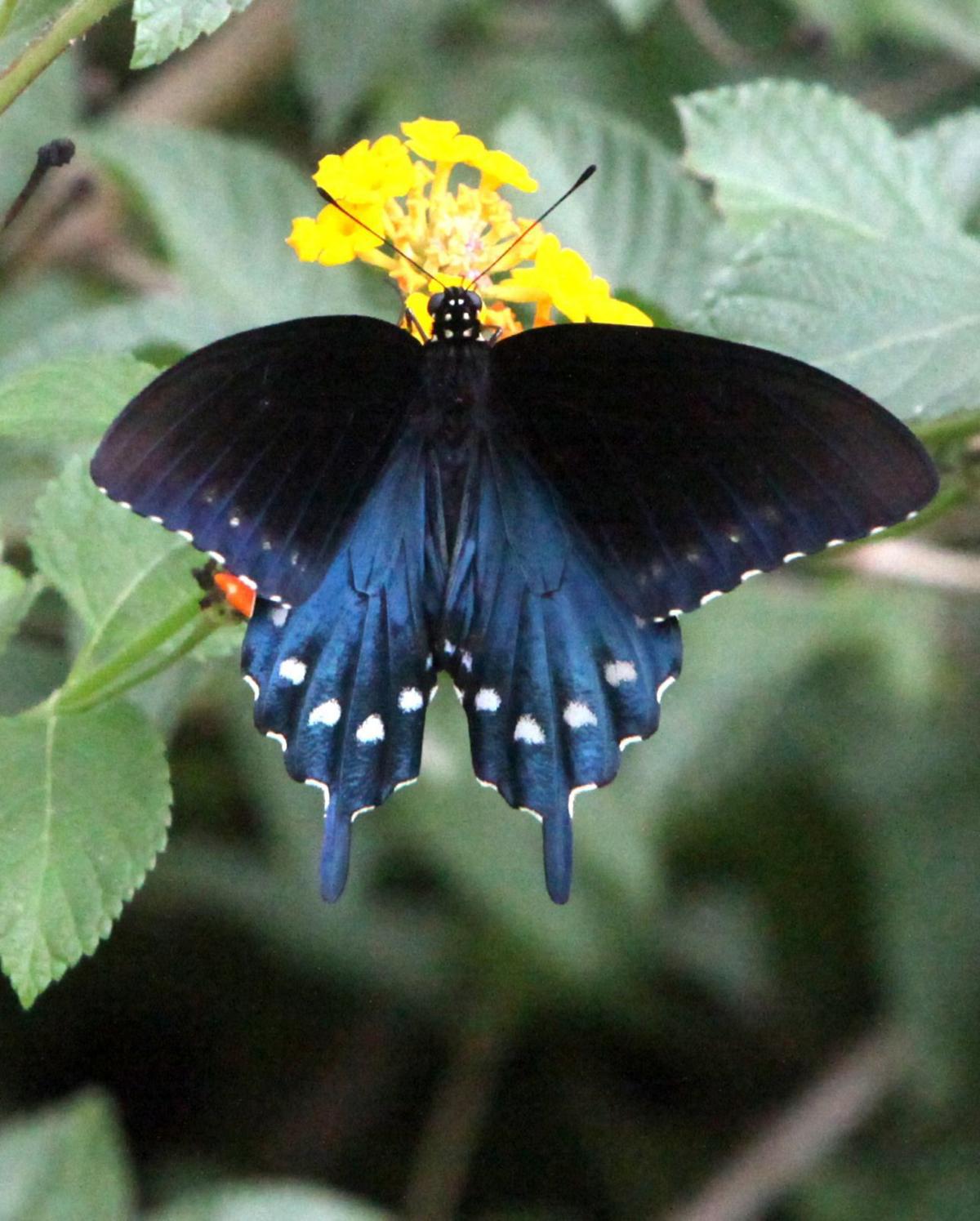
The World Around You Pipevine Swallowtail A Toxic Beauty Sports News Tulsaworld Com

Pipevine Swallowtail Butterfly Fact Sheet Click Here
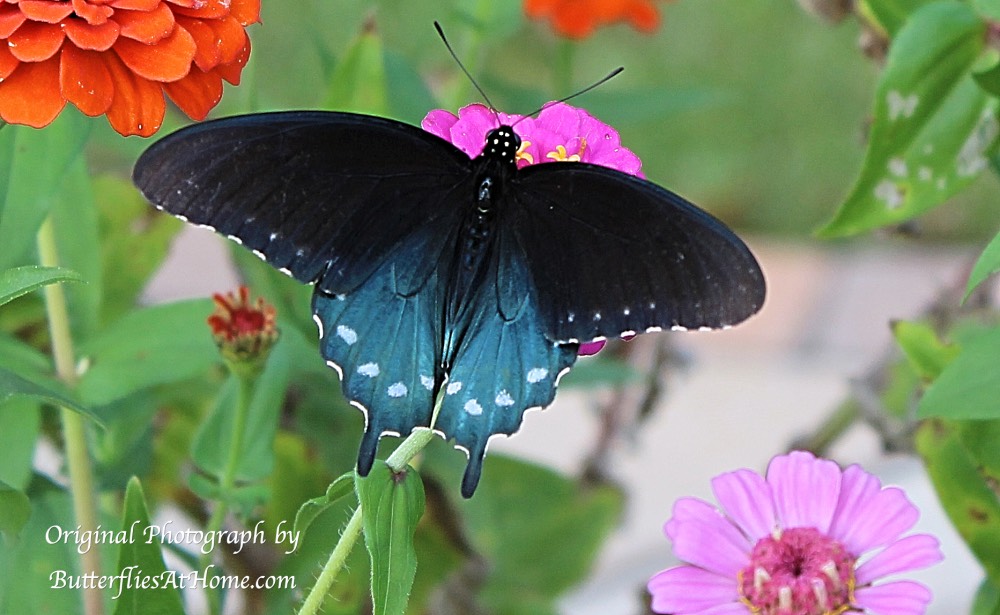
Pipevine Swallowtail Butterfly Description Characteristics Size Photographs
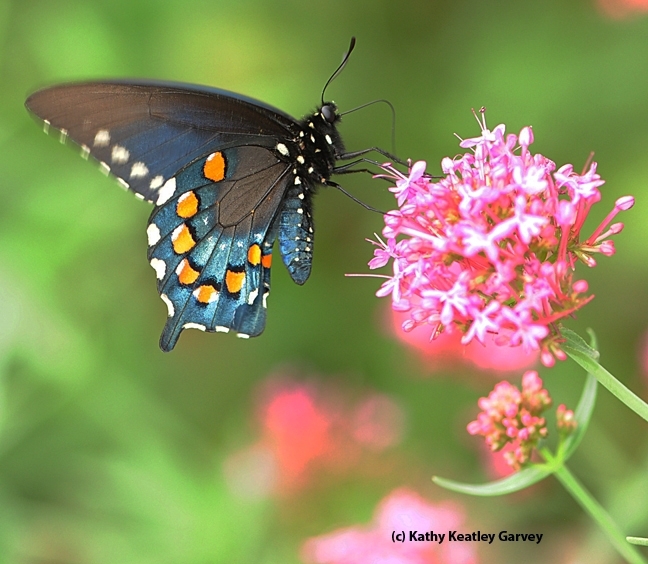
Don T Eat Em They Re Poisonous Pests In The Urban Landscape Anr Blogs
Pipevine Swallowtail Battus Philenor
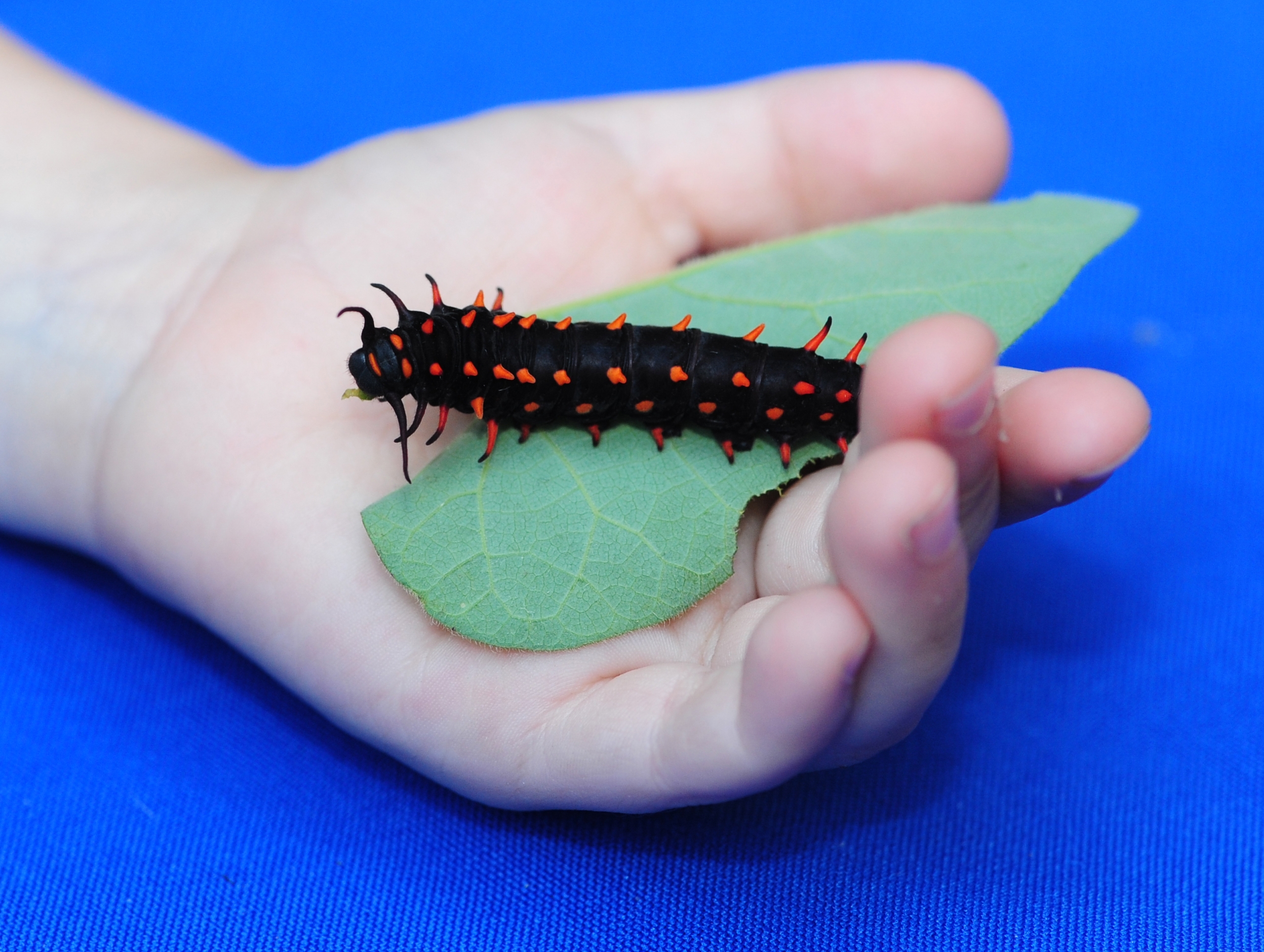
Don T Eat Em They Re Poisonous Pests In The Urban Landscape Anr Blogs
Pipevine Swallowtail Caterpillars

Aristolochia Gigantea A Death Sentence For Baby Pipevine Swallowtails

Dutchman S Pipevine The Natural Web
Pipevine Swallowtail Battus Philenor

The World Around You Pipevine Swallowtail A Toxic Beauty Sports News Tulsaworld Com
Pipevine Swallowtail Did You Know
Pipevine Swallowtail Battus Philenor

Pipevine Swallowtail Butterfly Identification And Life Cycle Gardens With Wings
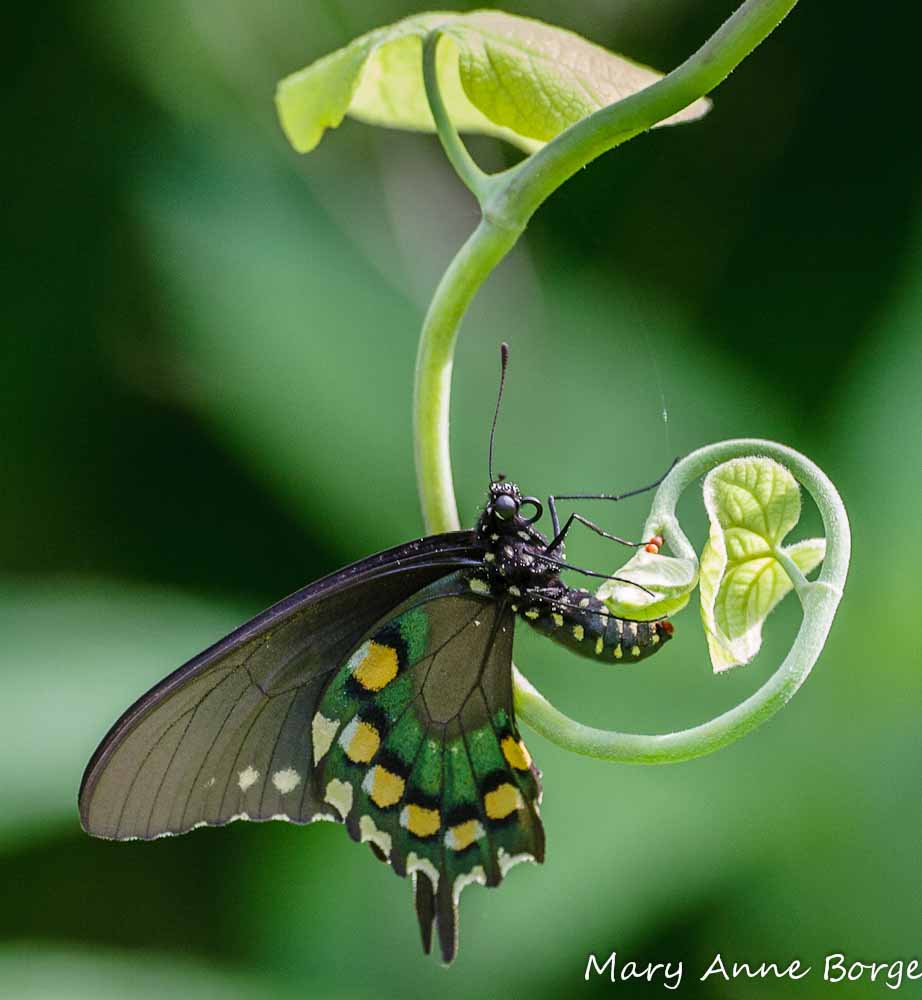
Posting Komentar untuk "What Does The Pipevine Swallowtail Eat"